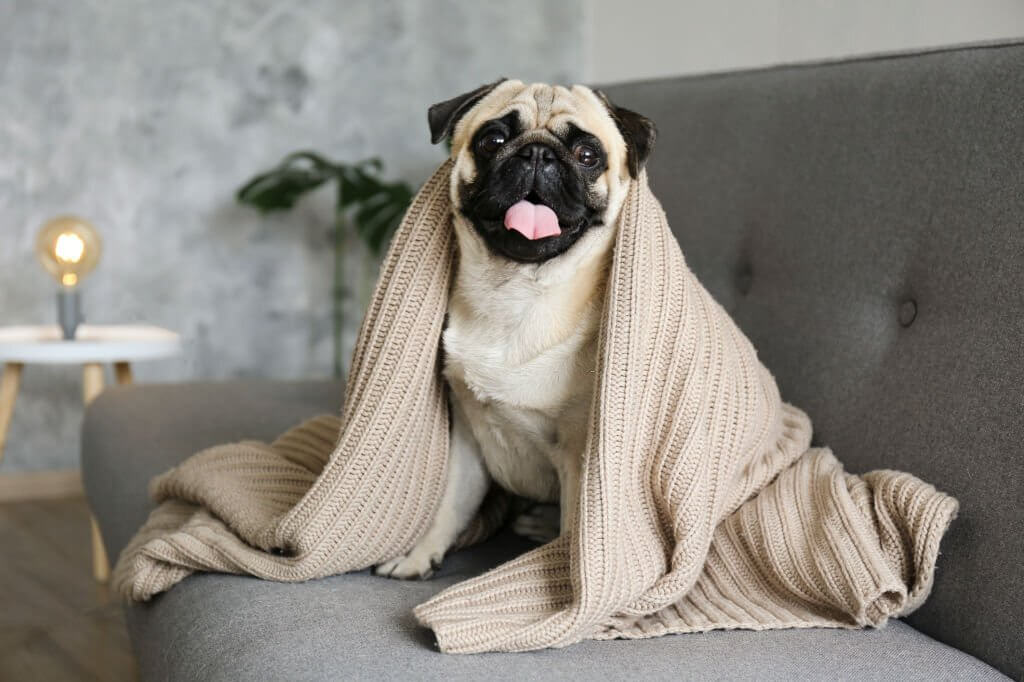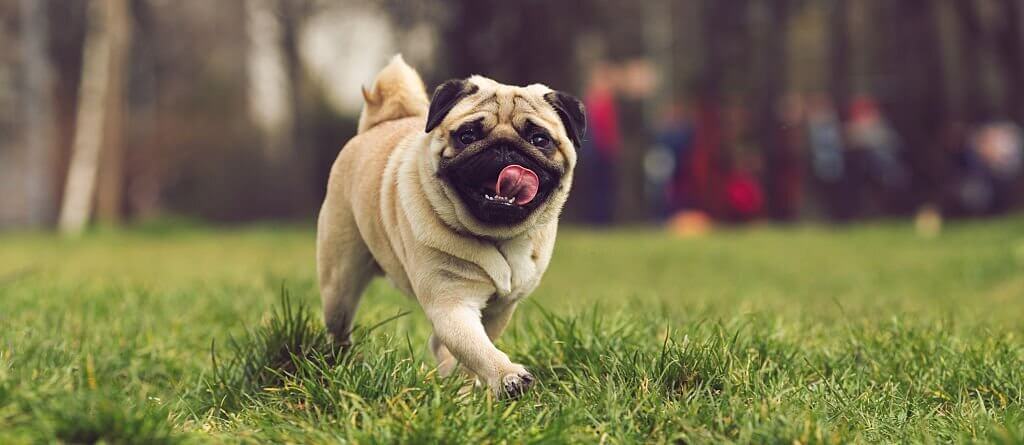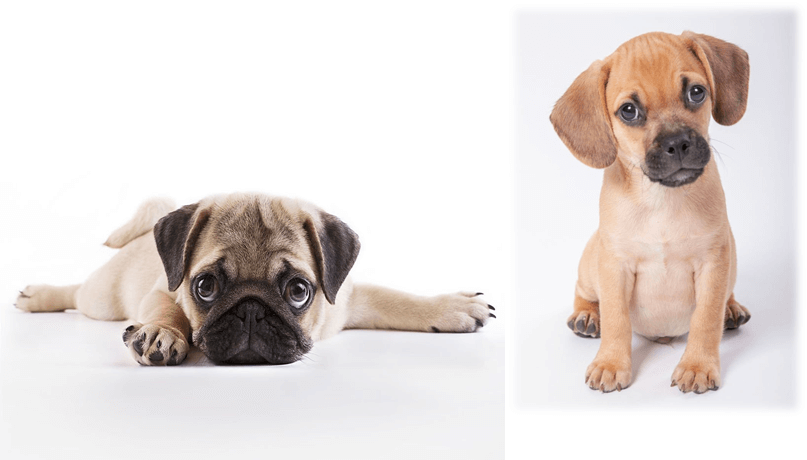Explore the fascinating world of pugs and puggles as we explore their similar traits and distinctive traits. Discover the breed comparison’s in-depth similarities and distinctions.
I. Similarities Between Pug and Puggle
Pug and Puggle, two beloved canine breeds, share several endearing similarities that make them favorites among dog lovers.
- Both Pugs and Puggles are small, stocky dogs with short snouts and wrinkled faces.
- They are both known for their friendly and affectionate personalities.
- They are both good with children and other pets.
- They are both prone to some health problems, such as breathing difficulties, eye problems, and skin allergies.
- They both have a lifespan of 12-15 years.

Firstly, both breeds possess an undeniable charm and a friendly disposition, making them excellent companions for individuals and families alike. Their affectionate nature and love for human interaction create an instant bond with their owners.
Another striking similarity is their sociability. Pugs and Puggles thrive on socializing and enjoy being around people and other animals. They are known to be great with children, making them ideal family pets. Their playful and gentle nature ensures a harmonious coexistence within a household.
Furthermore, both breeds exhibit a moderate energy level, making them suitable for various lifestyles. While they appreciate daily walks and playtime, they are equally content lounging around with their owners. This adaptability makes them suitable for apartments or homes with limited space.
In terms of appearance, Pugs and Puggles share some physical traits. Both breeds have a sturdy, compact build with a stocky body and a relatively short stature. They often display a wrinkled forehead, a distinguishing feature that adds to their adorable appeal.
Lastly, pugs and puggles are known for their expressive and emotive facial expressions. Their large, round eyes and distinctive snouts contribute to their unique look, which can melt hearts with a single glance. These expressive faces often convey a range of emotions, from curiosity to pure affection.
Despite their different appearances, pugs and puggles share many traits. They form lovely friends that provide happiness and warmth to any home thanks to their friendly dispositions, friendliness, moderate levels of energy, and expressive looks. Whether it’s a Pug or a Puggle, these breeds have characteristics in common that appeal to dog lovers all over the world.
II. Differences Between Pug and Puggle
While Pugs and Puggles may share some similarities, there are distinct differences that set them apart as individual breeds. These differences encompass various aspects, including physical attributes, temperament, and maintenance requirements.
Differences:
- Pugs have a more squished face than Puggles, and their snouts are even shorter.
- Puggles tend to be taller and longer than Pugs.
- Puggles are generally more active and outgoing than Pugs.
- Puggles are also more eager to please, which makes them easier to train.
- Puggles are generally considered to be healthier than Pugs.
One significant difference lies in their origins. Pugs are an ancient breed with a rich history dating back thousands of years in China. Puggles, on the other hand, are a relatively newer designer breed created by crossing Pugs with Beagles in the 1990s.

In terms of appearance, Pugs have a distinct facial structure with a short, flat muzzle, deep wrinkles, and a pushed-in nose. Their compact bodies feature a curled tail and a distinctive double coat. Puggles, on the other hand, often inherit the longer snout and droopy ears from their Beagle lineage, giving them a slightly different facial expression. They typically have a shorter coat and a more slender body compared to Pugs.
Another notable difference is their energy levels and exercise needs. Puggles inherit the Beagle’s energetic and active nature, requiring regular exercise and mental stimulation. Pugs, while still needing exercise, are generally more laid-back and tend to have lower energy levels. They are content with shorter walks and indoor playtime.
Temperament-wise, Pugs are known for their easygoing and affectionate nature. They often seek attention and enjoy being lap dogs. Puggles, being a mix of Pugs and Beagles, can exhibit a combination of traits from both breeds. They are often described as friendly, playful, and inquisitive, displaying a zest for exploration.
Maintenance requirements differ as well. Pugs have a tendency to shed more heavily and require regular brushing to manage their double coat. Puggles, with their shorter coats, have lower grooming needs, making them slightly easier to maintain.
III – Which Breed Is Right for You?
Here is a table that summarizes the key similarities and differences between Pugs and Puggles:
| Feature | Pug | Puggle |
| Similarities | Small, stocky, short snout, wrinkled face, friendly, affectionate, good with children and other pets, prone to some health problems, lifespan of 12-15 years | |
| Differences | Pug has more squished face, shorter snout, shorter, less active | Puggle has longer snout, taller, more active, eager to please, healthier |
When considering whether a Pug or a Puggle is the right choice for your lifestyle and needs, understanding the similarities and differences between these breeds becomes crucial.
Here’s a concise overview that can assist you in making an informed decision.
- Affectionate Nature: Both Pugs and Puggles share a warm and loving disposition, making them excellent companions for families and individuals alike.
- Sociability: Both breeds enjoy socializing and generally get along well with people and other animals, making them suitable for households with existing pets.
- Moderate Energy Levels: Pugs and Puggles have a similar energy level, appreciating daily walks and playtime while also being content with indoor relaxation.
- Adaptability: Both breeds can adapt well to various living environments, including apartments or homes with limited space.
- Expressive Faces: Pugs and Puggles are known for their emotive and expressive facial expressions, often conveying a range of emotions that can tug at the heartstrings.
Differences:
- Origins: Pugs have a long history dating back thousands of years, originating in China, while Puggles are a newer designer breed created by crossing Pugs with Beagles in the 1990s.
- Physical Appearance: Pugs have a distinctive flat muzzle, deep wrinkles, and a curled tail, while Puggles often inherit longer snouts and droopy ears from their Beagle lineage, giving them a slightly different facial expression.
- Exercise Needs: Puggles tend to be more energetic and require more exercise and mental stimulation due to their Beagle heritage. Pugs, on the other hand, have lower energy levels and are generally more laid-back.
- Grooming Requirements: Pugs have a double coat and shed more heavily, requiring regular brushing. Puggles, with their shorter coats, have lower grooming needs.
- Temperament: Pugs are known for their easygoing and affectionate nature, while Puggles may exhibit a mix of traits from both Pugs and Beagles, such as being friendly, playful, and inquisitive.
By considering these similarities and differences, you can evaluate which breed aligns better with your lifestyle and preferences. If you prefer a more laid-back and low-maintenance companion, a Pug might be the right fit. Alternatively, if you desire an energetic and inquisitive dog that loves outdoor activities, a Puggle could be the ideal choice. Ultimately, understanding these factors will guide you towards selecting the breed that best suits your needs and provides a lifelong bond of companionship.

